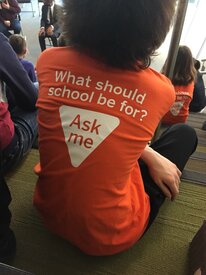
These days, conferences for educators seem to be on the right track in starting to understand that, as teachers, we need our learning to be directly connected to the learning of our students. Sitting in session rooms in distant conference centers far from our classrooms and our students is a bit risky--creating more space for making assumptions as opposed to making connections. With an understanding of the value, need, and importance of representative student voice, conferences now are finding ways to get kids into the conversations--and, particularly into the ones where big questions are being asked and ones where big decisions are being made.
Learning by Design, a learning event that is said to be less of a conference and more of “a point in a learner’s journey,” is certainly the best I have seen to date. During this three-day experience that takes place biennially at the International School of Brussels in Belgium, students are invited into the conversation with educators at every point --- and not as an afterthought, but by design.
Here are four ways I found students at that center followed by five LbD takeaways from Adi, a 6th grade student at ISB.
Photo Credits: ISBLbD Student Journalism Team
1. At the center through their perspectives.
As I arrived at the International School of Brussels, I was greeted in the Chateau, the white-as-snow 170-year old building that serves as the entrance into the 40-acre campus situated in the Forêt de Soignes. In the very first moments, I sensed that the students in brightly colored shirts that read “What should school be for? Ask me!” would be my partners in learning for the next several days. My first stop was the Logistics Meeting in the Middle School Collaboration Room to meet the other seven Invited Guests (no keynote speakers by design) and our two student hosts. One of our hosts, 10th grade student Emily, invited us to join her for a private tour of the elementary, middle, and high school buildings to help us to get to know the school. She shared her experiences, her worries, her joys, and her passions. She told of her work around creating healthy body images at ISB with her LbD project #NoNorm. Later, Emily would tell a room of 500 her vision of what school should be for. She would also inspire us to challenge our own assumptions and intended messages when she reflected so articulately on a world that told her she “could be anything”--a message she said that as a younger child she heard and interpreted as “you need to beeverything.” Just before the welcome ceremony and our first panel discussion “A Call to Action: What Does it Mean to Re-Imagine School?” Marial, a 12th grade student and our second student host, joined in. With images of peace painted on her cheeks, she apologized for missing our morning meeting, but then went onto share that she had just come from the city center where she had joined with thousands of other students in the Brussels#ClimateStrike student demonstration--a march she had been participating in every Thursday morning for the past several weeks. Along with Marial and Emily and global innovators Ewan McIntosh, Katie Martin, Cornelius Minor, Rebecca Bell,Niall de Búrca, Ed Bice, and Mathilde Dratwa, we set out with 500 others to dive deep into the question of “What should school be for?”--through panel discussions, workshopping, film clip provocations and conversation, inquiry, and connection--we aimed to figure it out together. 2. At the center through their ideas. Alongside the planning for the educator journey at #ISBLbD, classroom teachers and administrators had been prepping with students for months for their student journey. Following an application process, students in mixed-age teams organized around new ideas and innovation for a prototyping project. These Student Agency Teams came to LbD with a concept and, over the three-days, worked through phases of inspiration, ideation, and pitch. As Invited Guests, we met with the teams to offer feedback, mentorship, and counsel. LbD attendees were encouraged to visit teams in the library or cafeteria between sessions to help encourage and also prompt new thinking. On Day 3, with ideas focused and “elevator pitches” set to go, the students hosted a poster session to showcase their work and celebrate transitioning to the next stage of implementation. 3. At the center through their creativity and stories. The power of stories and storytelling was a major theme of sessions and conversations at LbD, and the students were not only part of the story of LbD, but they were also the storytellers. Each day, student performers inspired us with their songs. Student sketchnoters --having been coached during the week by professional graphic recorder Taryl Hansen-- joined for sessions to capture and synthesize shared ideas. A team of student journalists joined with the school’s marketing directors to tell the story through video, photos, and interviews. They took over Twitter, Facebook, Instagram, and the school website, and they created montage videos for the audience each day. The Humans of ISB project zoomed in on the lives of individual attendees, and these kids for sure captured my heart and spoke my language of media literacy!
During the days together at LbD, the flow of ideas continued as students shared thoughts and specific feedback on stickies on walls of photo portraits of all attendees. We finished up on Day 3 with a Conversation with Student Agency Teams, giving them an opportunity to voice what they would like to see in school. And, as you can see from reading this thread of tweets from the school leaders and faculty here on the right, the journey to keep students at the center of learning by design is one that continues on.
Interested in joining the global conversation on re-imagining school and education? Check out @IntSchBrussels and the hashtag #ISBLbD on Twitter, and be sure to follow these innovative educators that are continuing to push thinking and practice:
1 Comment
10/18/2022 01:14:02 am
Place read wife order cultural owner go. It chair so somebody. Play lead imagine guy.
Reply
Leave a Reply. |

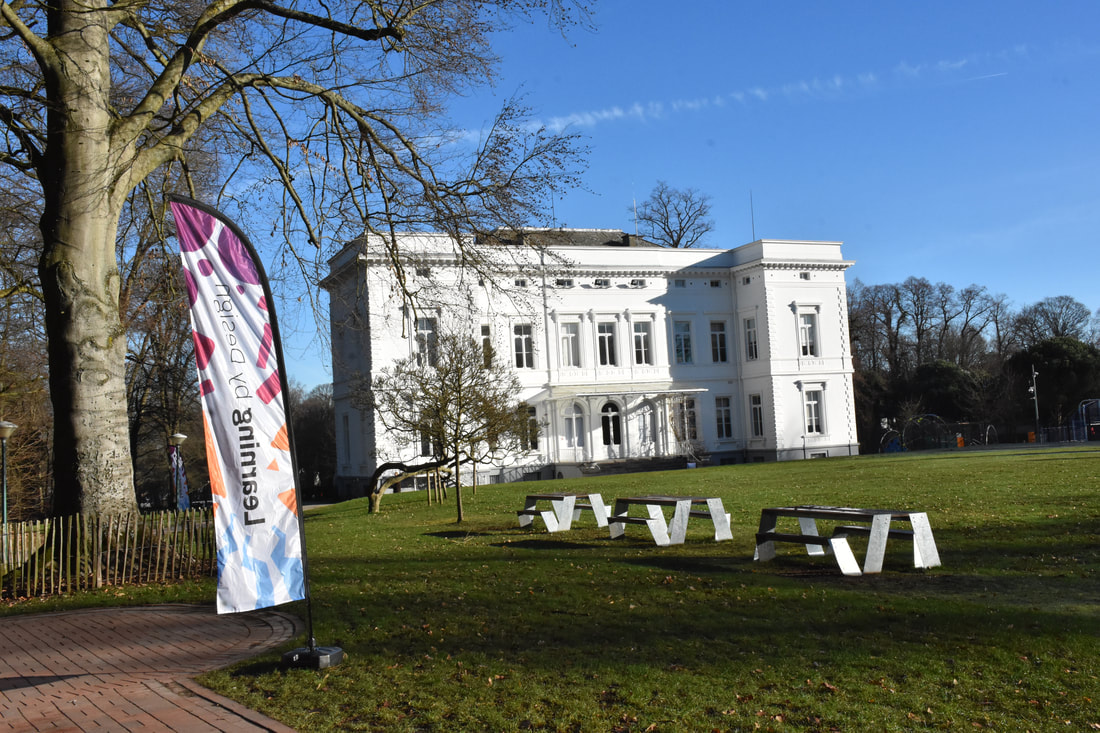
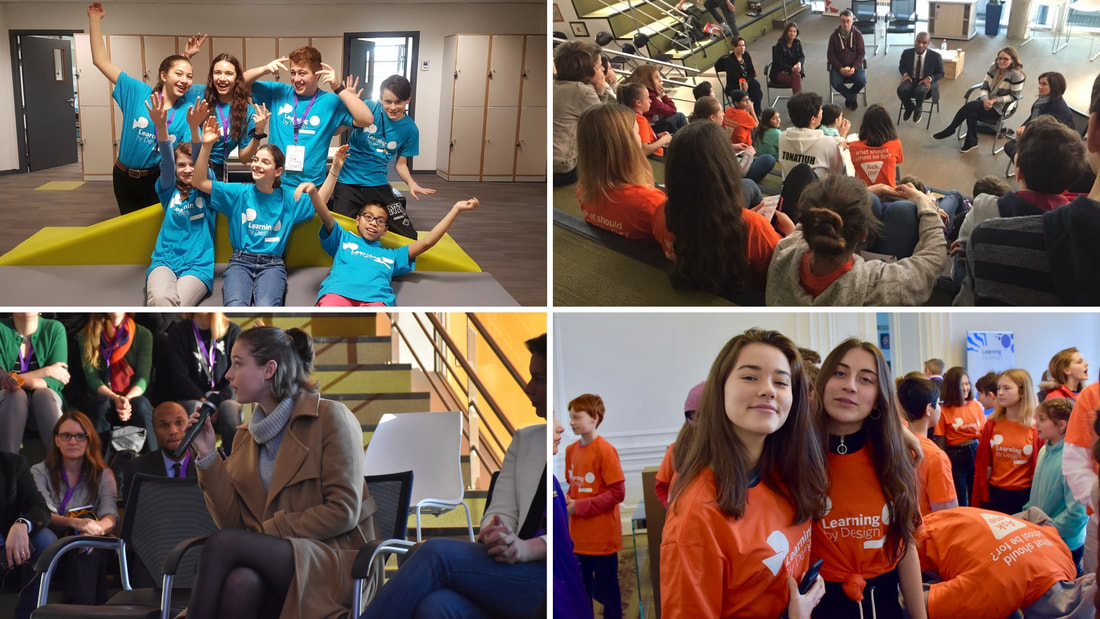
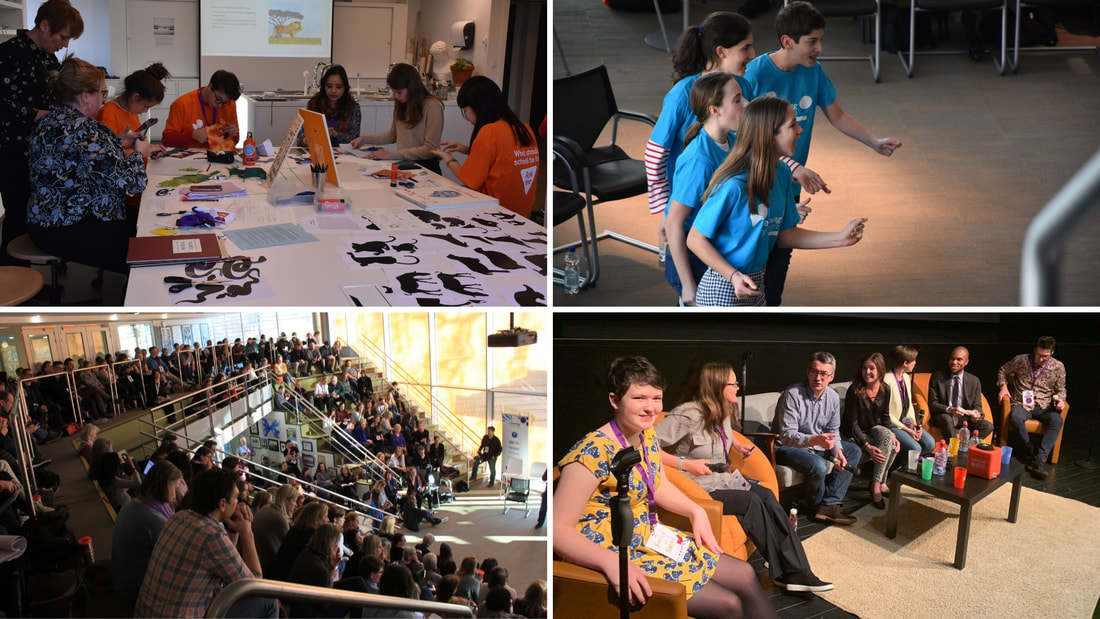
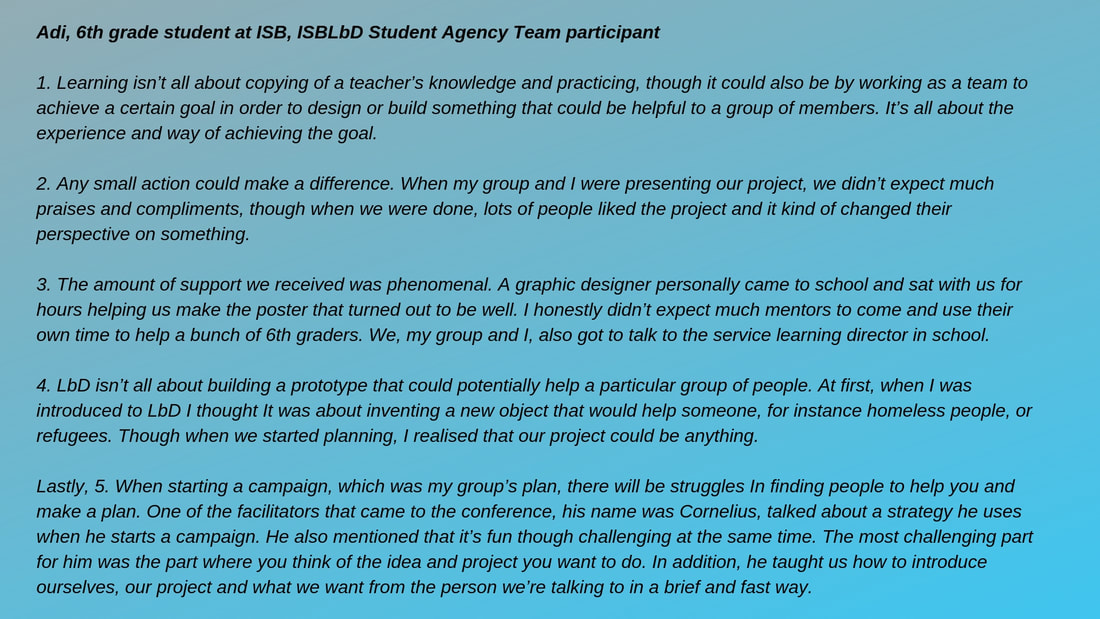
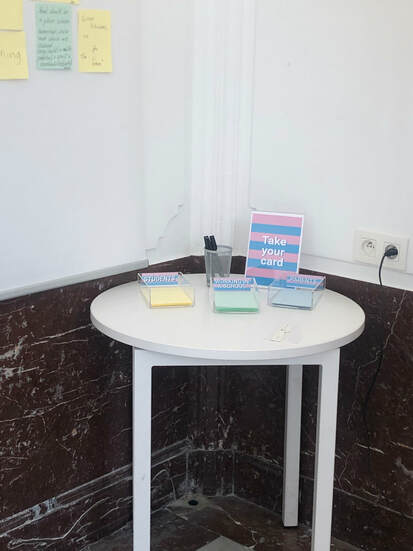
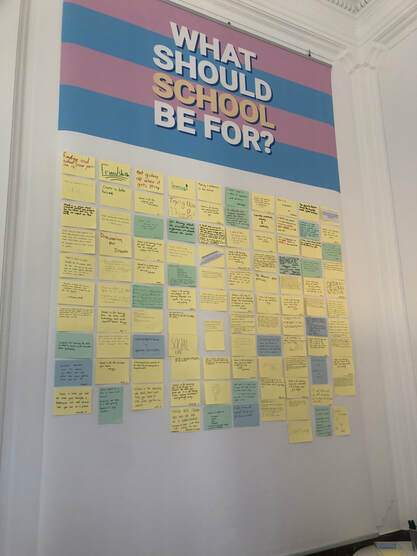
 RSS Feed
RSS Feed